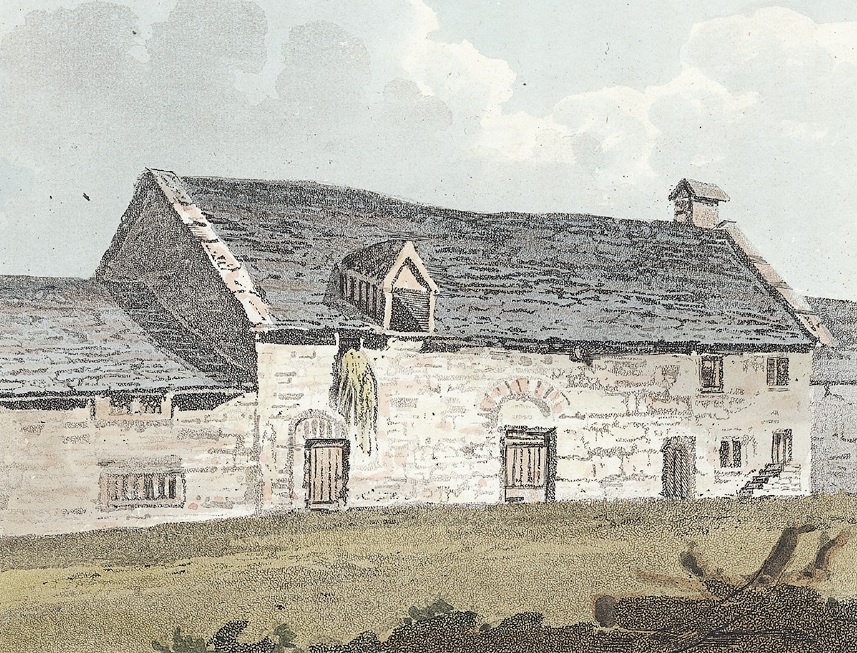Lately I’ve been busy traversing the complex world of ‘small change’ in 19th-century Britain, so I’m delighted to share news of an article I’ve had published in the latest Token Corresponding Society Bulletin.
This article reports on a previously-unnoticed hoard found during repairs at Parliament House (Senedd-dŷ), Machynlleth, in 1909. Buried in the mid- to late 1810s, the hoard contained 14 copper coins and tokens, and almost certainly represents the contents of a small change purse hidden or lost when the building was used as a granary and ‘miserable dwelling-house’ in the Regency era.

The hoard offers a fascinating glimpse of the state of the currency in everyday circulation: a mix of genuine and counterfeit Georgian halfpence, new and old private tokens from Glamorgan and Worcester, and even a far-flung copper struck for the Canadian Provinces. The distance that these objects travelled before their deposition illustrates the remarkable growth of inter-regional economic integration during the Industrial Revolution, pursued across thousands of miles of new turnpike roads and canals.
So why not have a look? To purchase a copy, get in touch with the Token Corresponding Society.
For a full list of my publications to date, check out the ‘Publications’ page on this website.